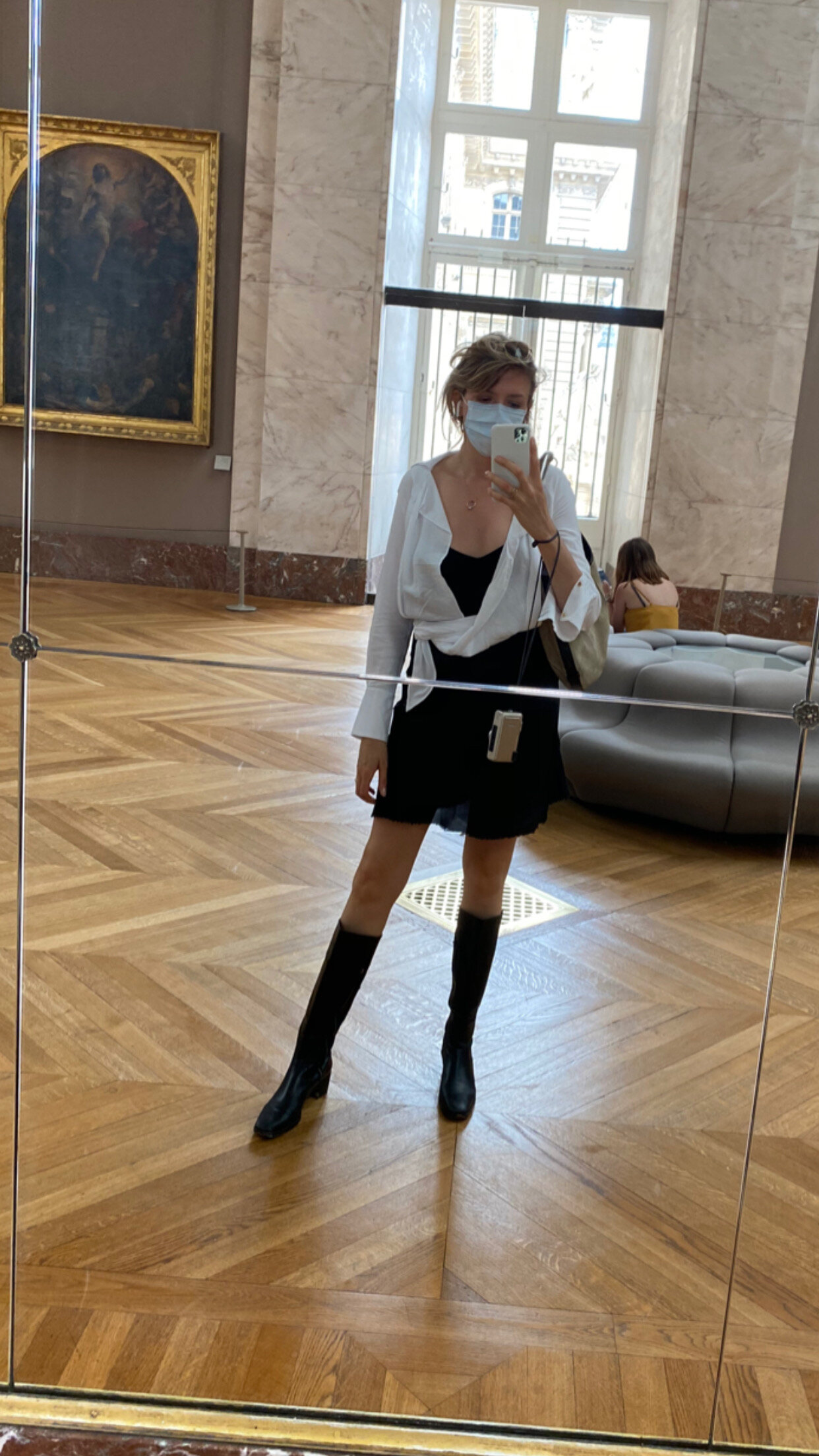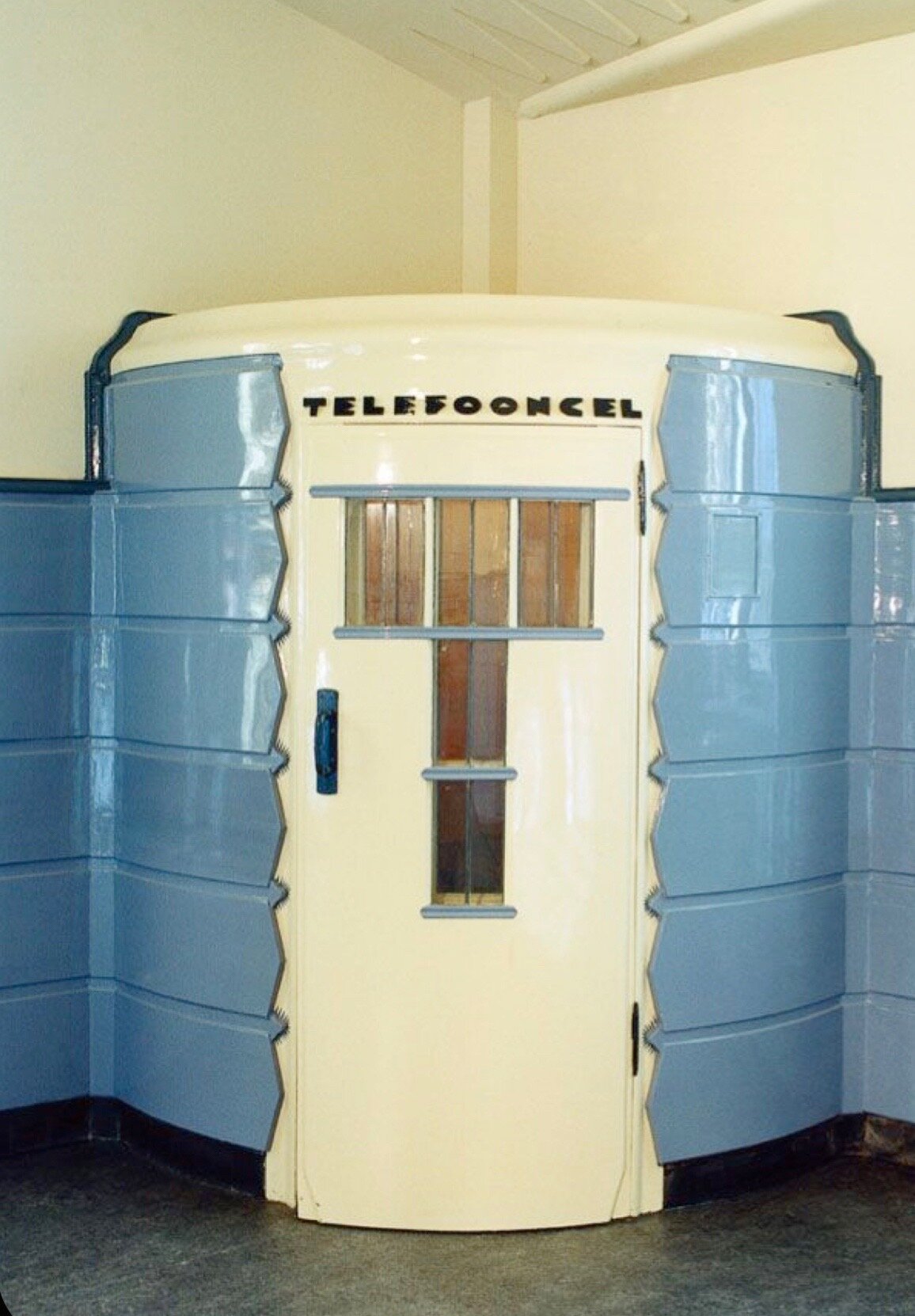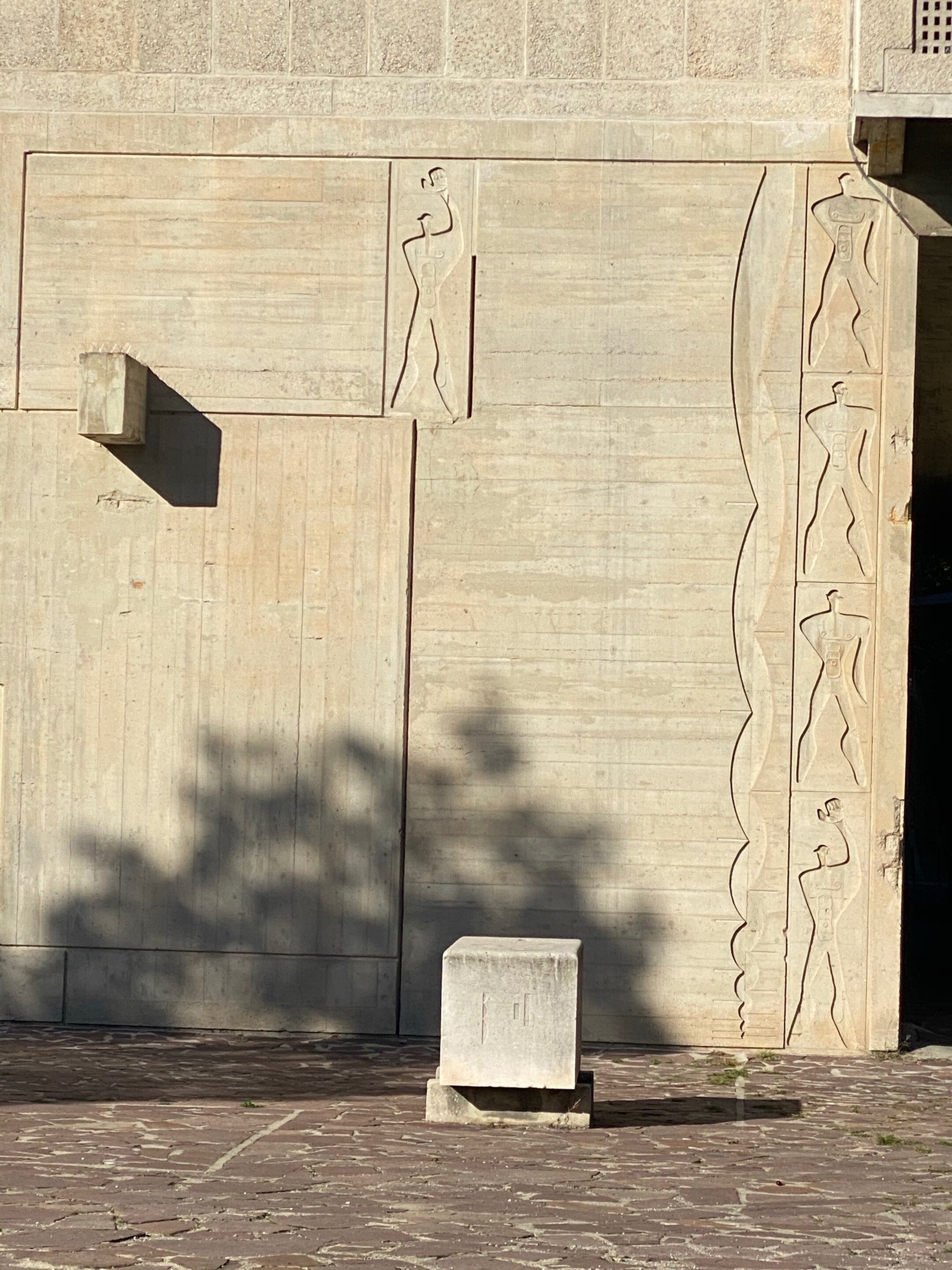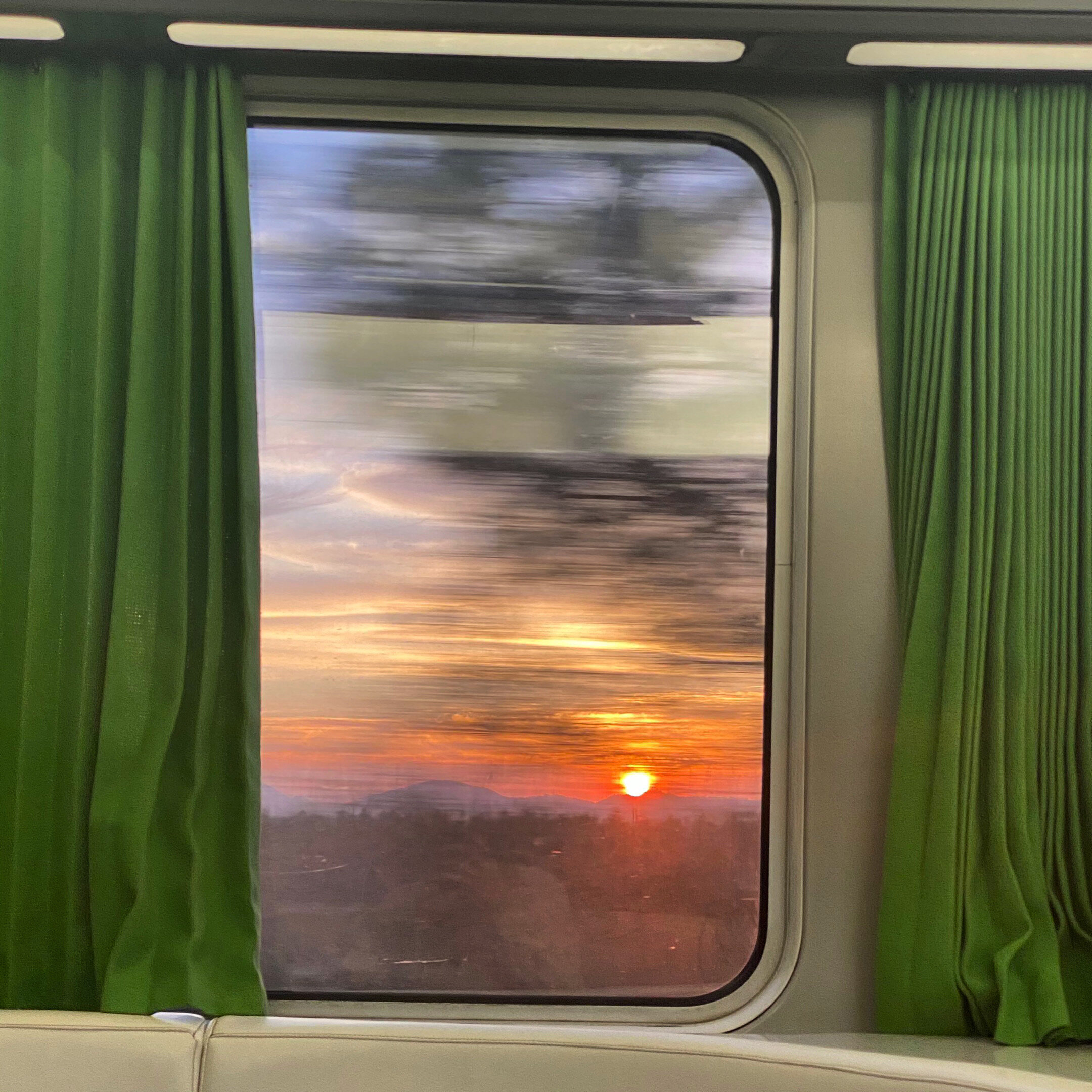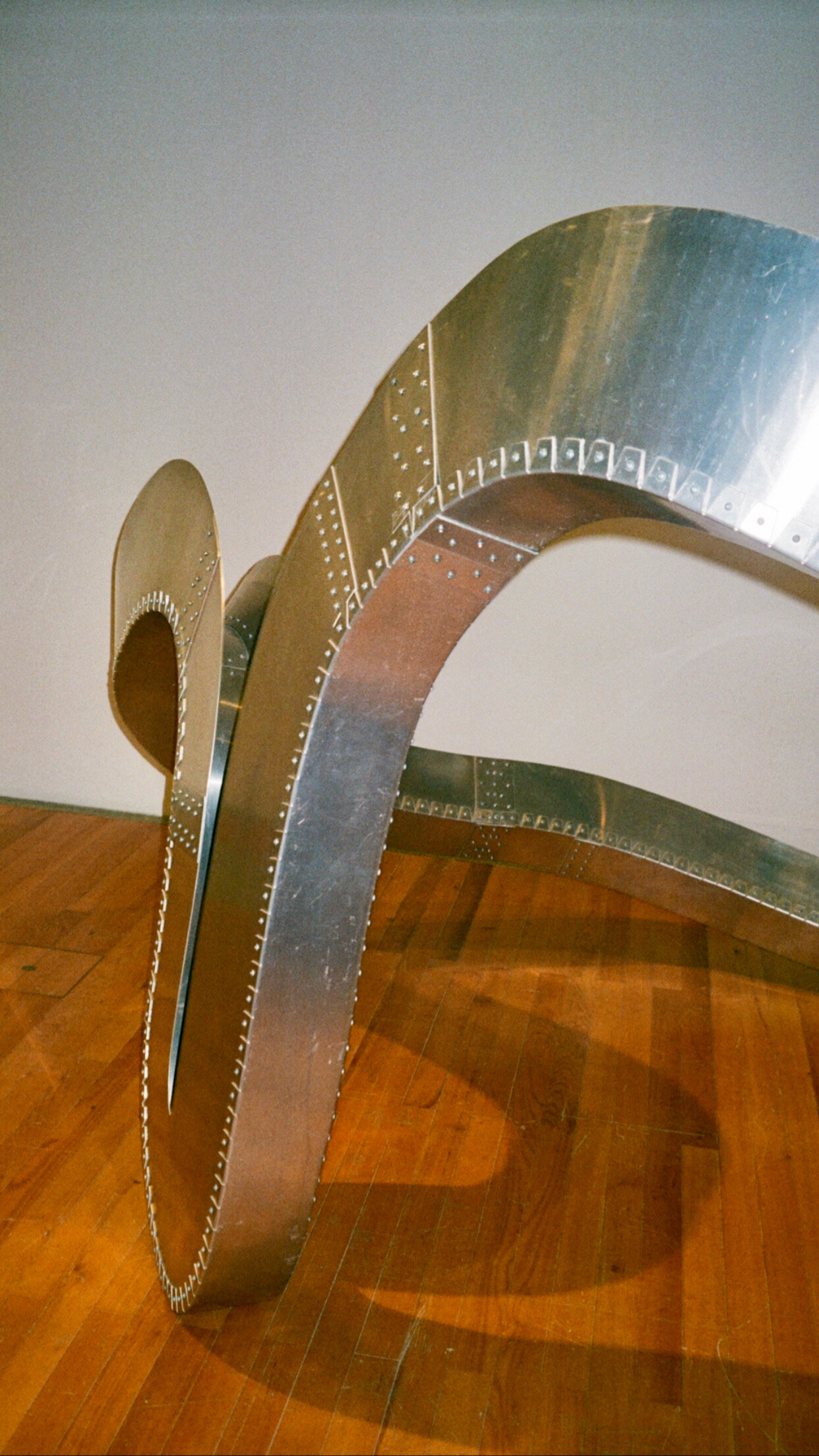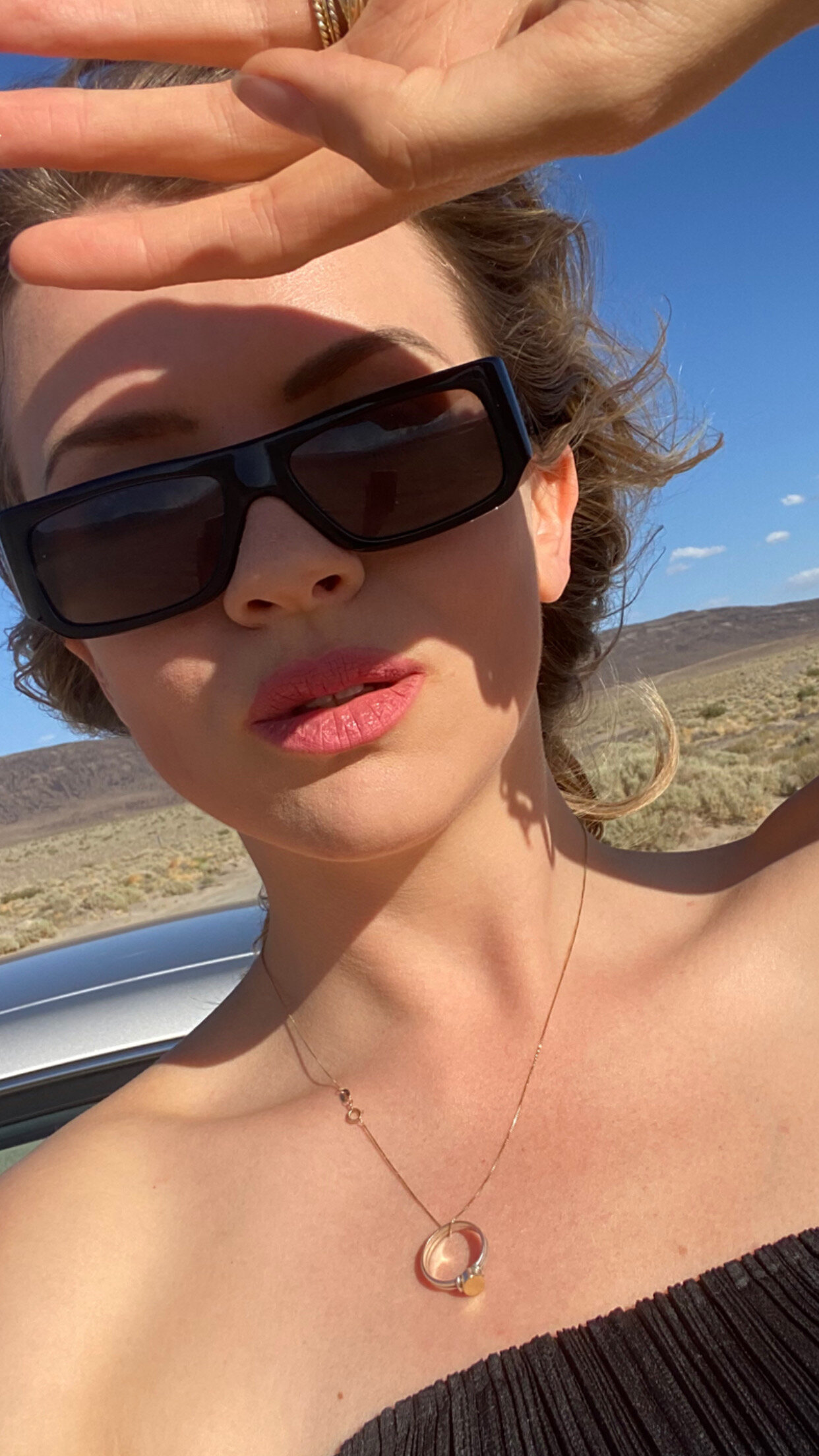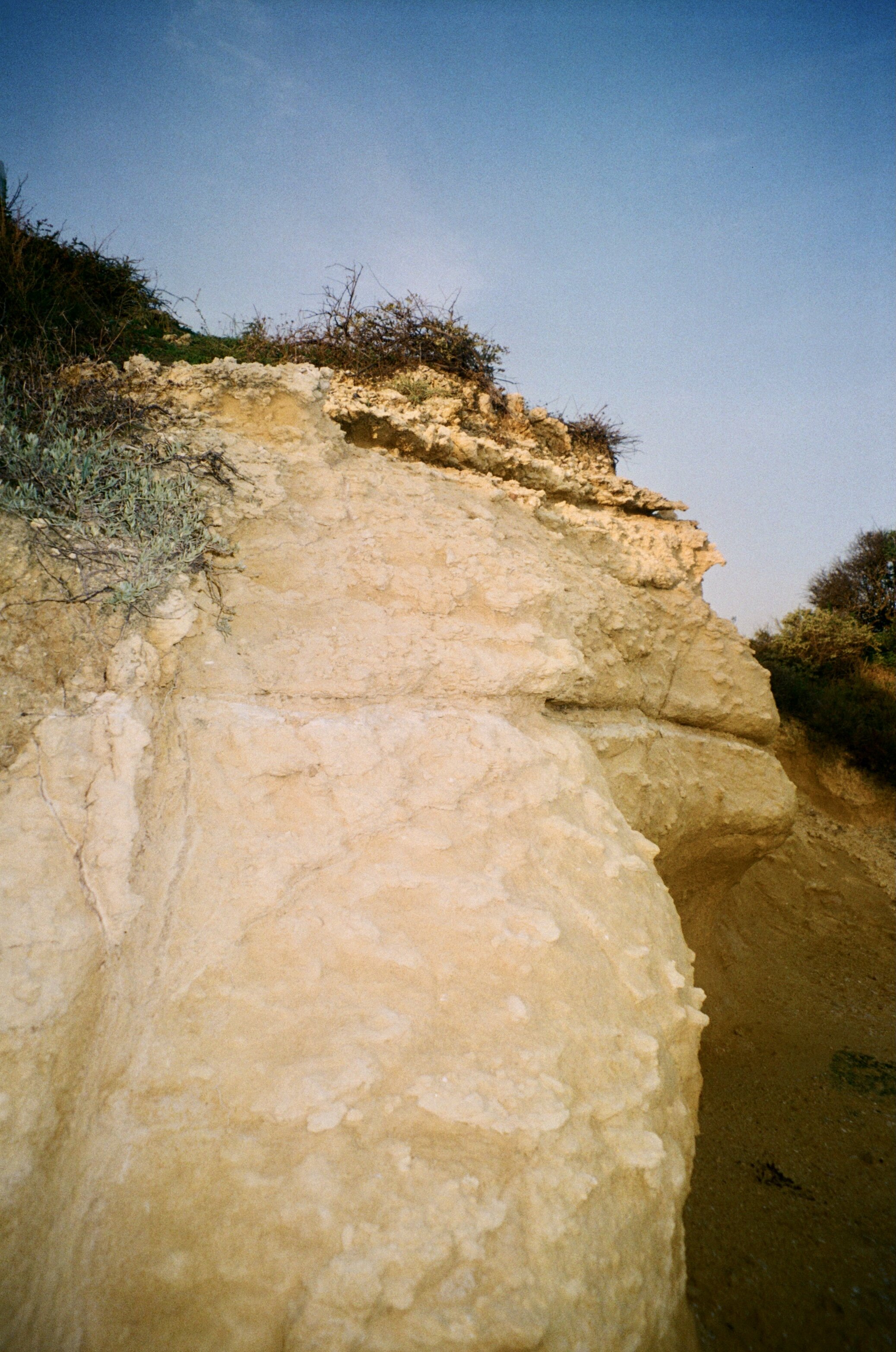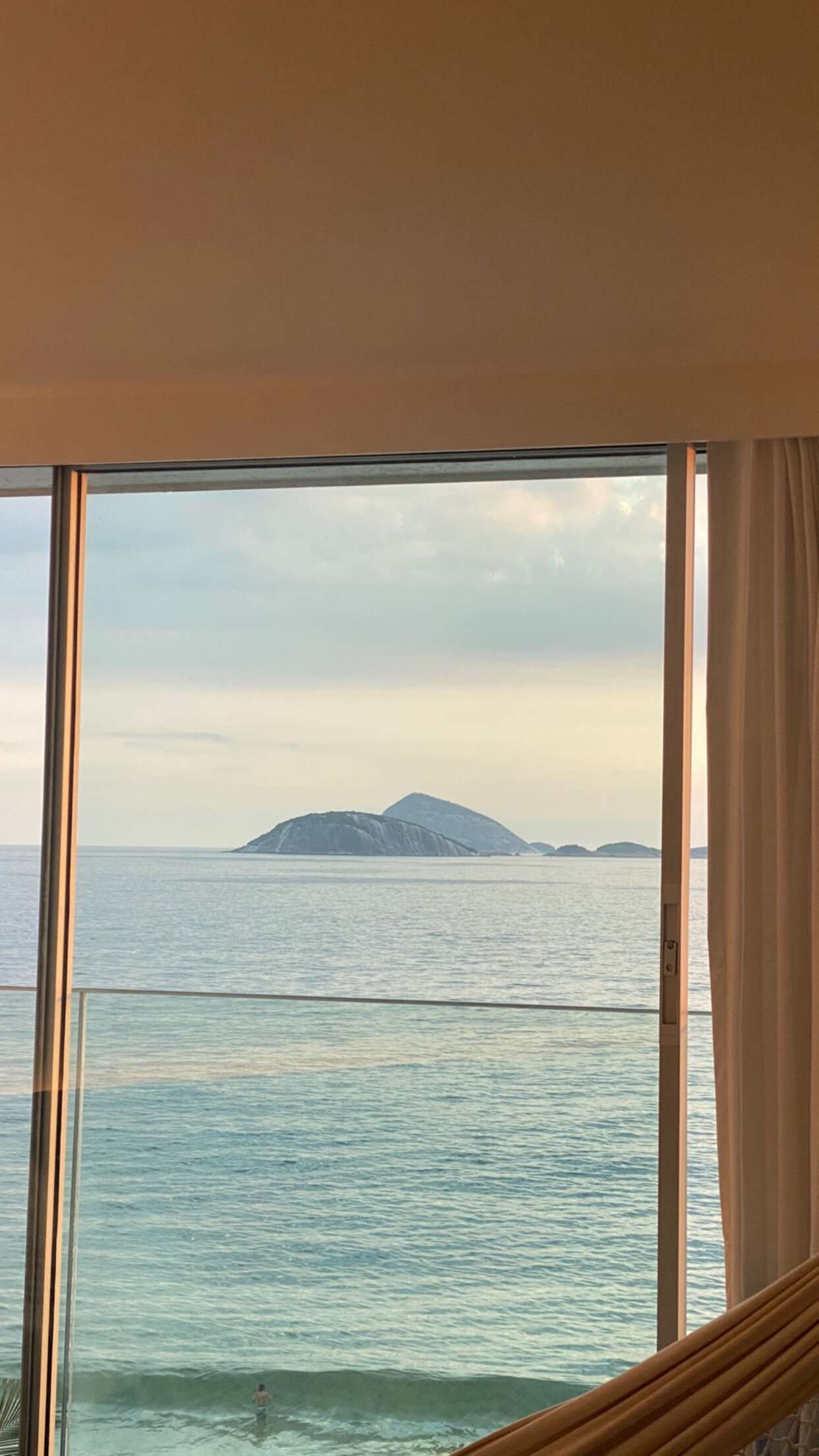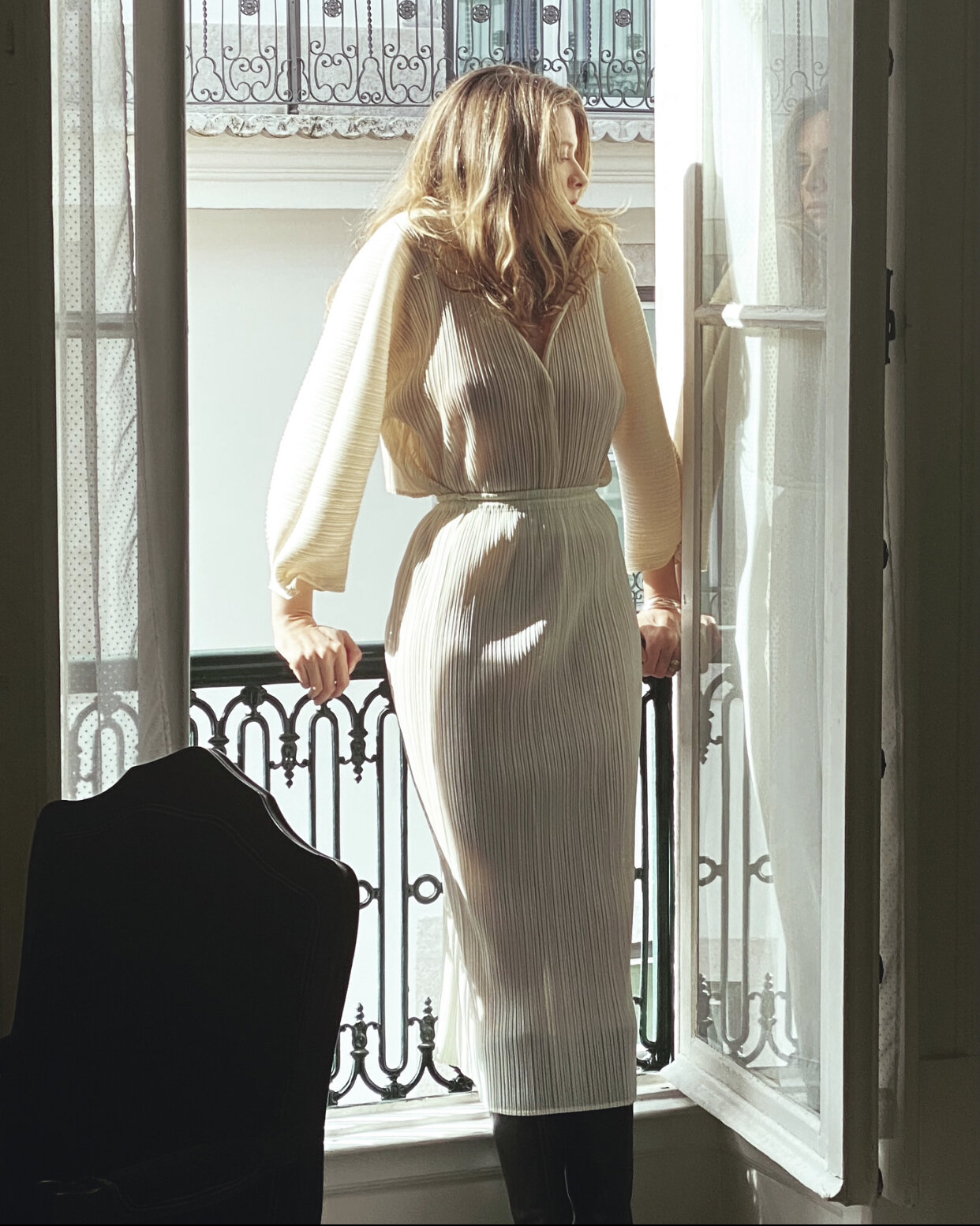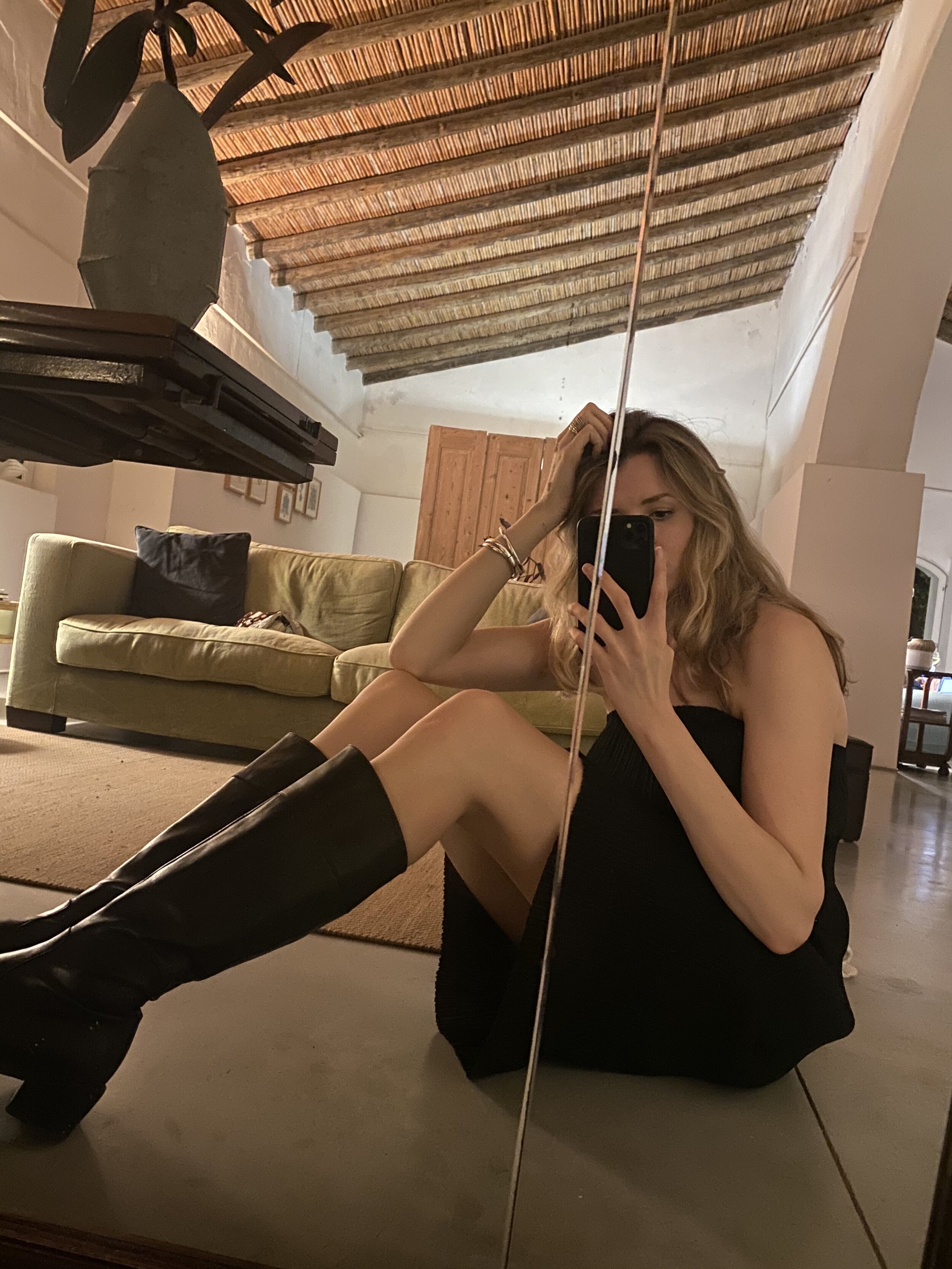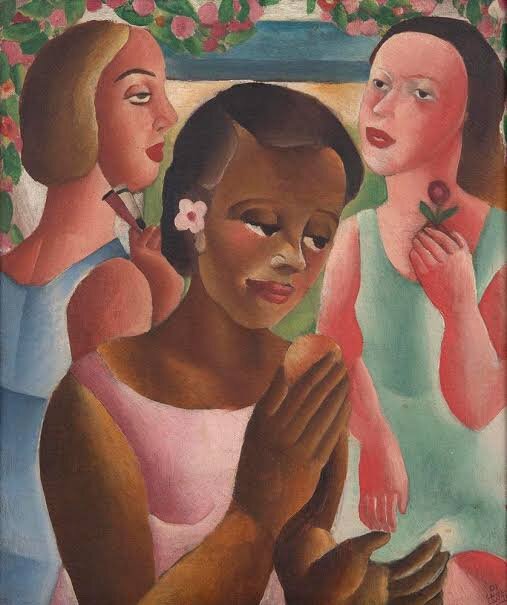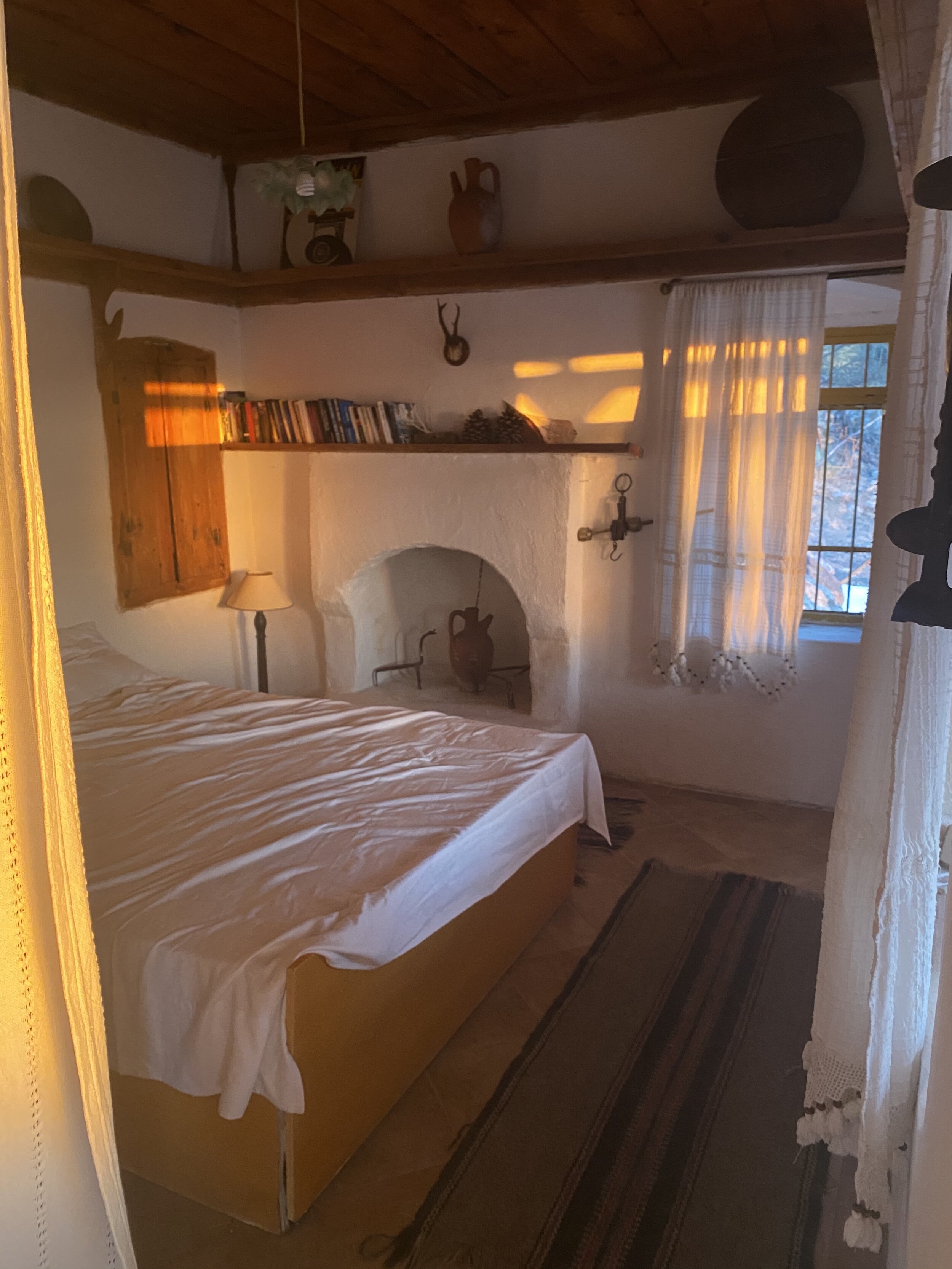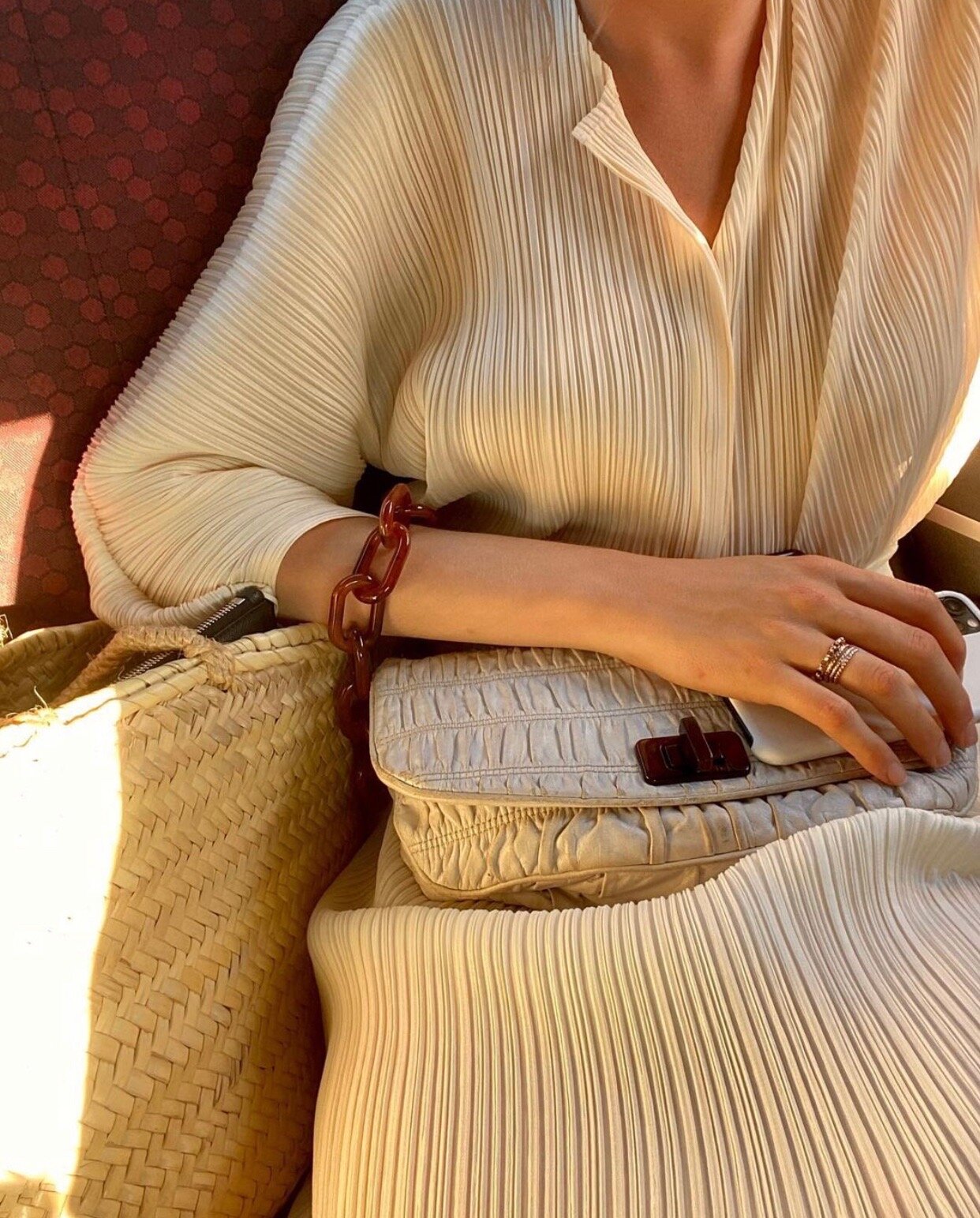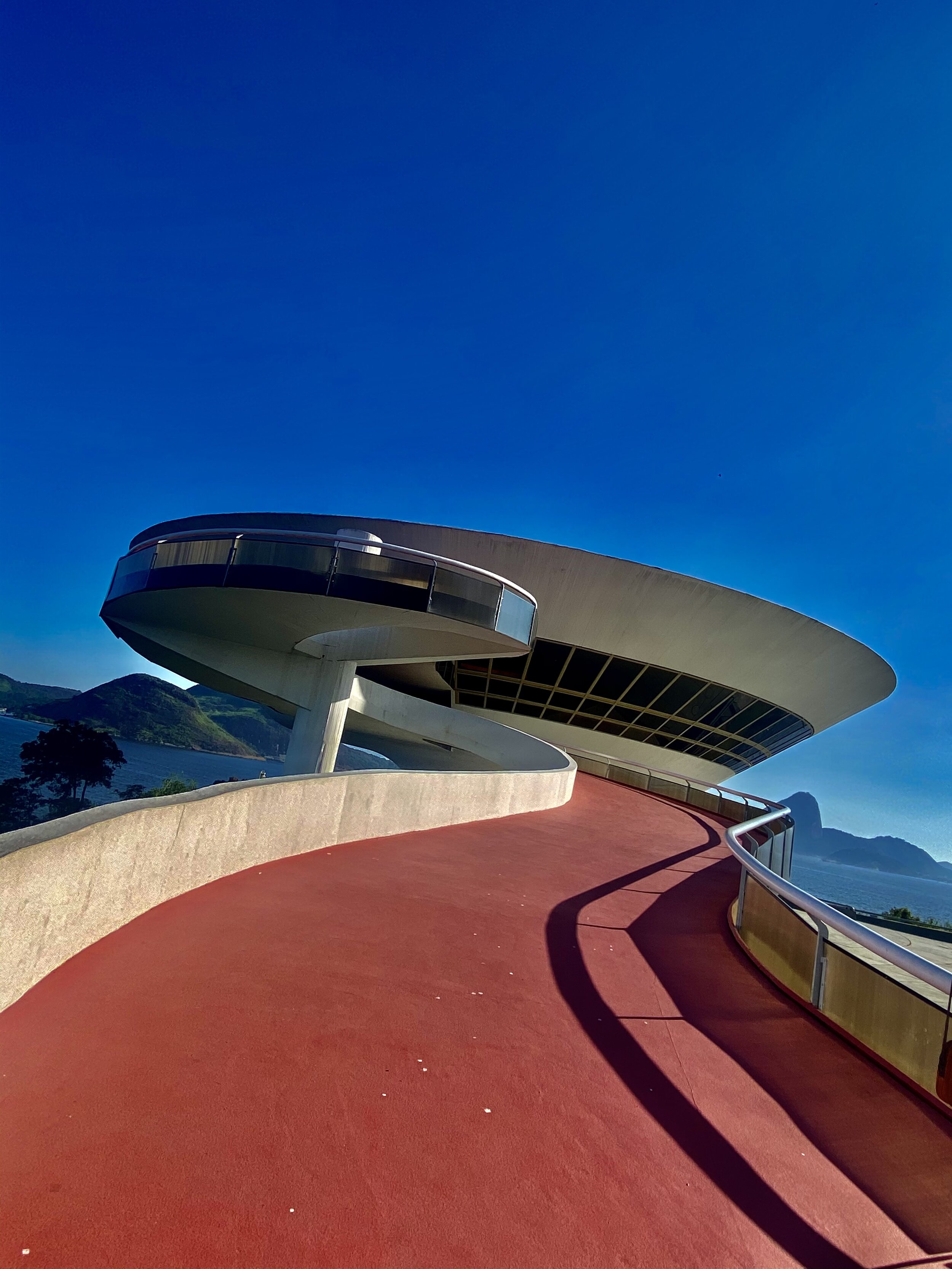Camera roll is an interview series where we glimpse into the current moment via the mundane and the ordinary; the life lived in this moment of a global pandemic.
Vere van Gool is an NYC and Paris based curator and writer who has curated for the likes of the New Museum, Anthology Film Archives, and the Architectural Association. She talks to us about how her training in architecture has poised her to see art and architecture as inseparable, how where you live shapes you, and how the pandemic has given her a newfound sense of time and space to think.
Where are you right now?
Rio de Janeiro, Brazil
What’s your morning routine?
News, coffee, and a phone call to my best friend in Indonesia.
Tell us a little bit about your background. You lived in London for nearly 10 years before moving to New York, And now you’ve moved to Paris?
Where you study, is where you become. London had been my home town for nearly a decade, yet after graduating from the Architectural Association and working for Forensic Architecture, I felt the walls of the city and its culture crawl up on me. I moved to New York to join the New Museum, where I worked as a curator on international programs for the last 5 years. I like to leave things on a high, and when my sort of ‘grass-roots biennale’ across Southeast Asia earlier finished earlier this year, I left the museum to return to Europe. And return to myself.
Settling in Paris was wonderful, but as lockdown suddenly confined its Arrondissements, I as a Dutch passport holder was unable to stay. Long story short, because if this year tells us anything, it’s that life is short. I left Europe for South America, for the next few months. I don’t think I will ever have another three months untied to a job, apartment, or community-- so I felt best to continue exploring.
How did you get into the art world? You studied architecture, so what did the shift into your current role feel like?
Art and architecture are inseparable to me. A painting is a space, and a space is art. To me, the disciplines are family, where art is an individual expression and architecture is that of the collective. I am interested in this threshold, where art moves beyond its one-dimensionality and architecture abstracts to that of omnipresence, our ‘surroundings’. For me shifting between art and architecture, is mediating, which is, in essence, the work of a curator. Yes, I graduated architecture without designing a building, then joined a research group investigating war crimes, and spent five years curating global cultural programs (my friends and family have raised many eyebrows) but in reality, it’s all sharing a similar focus: finding new ways of living together on this planet. I also really believe in zig-zagging through life, rather than following a linear path. That comes in handy as a curator, because to successfully organize art and ideas, one has to experiment constantly. There’s nothing more boring than seeing the same exhibition twice, but perhaps a little better.
What do your days look like, and how has COVID-19 affected your work?
The pandemic has shaken up my reality so drastically, from forced migration to finding a new community and new ways of working, yet it has equally undone me of many burdens of the past. Every day is different, and I like it to stay that way. If everything you do all of a sudden becomes a risk, risks become less scary. I am finding a new way to authentically connect with the future, with the unknown. Peers from the art world ask me all the time ‘Oh so you are going to work for a contemporary art museum in Europe right, and teach a course in Europe right, and live your life in Europe right’. I am not going to do the same thing, just elsewhere. What’s the point of this pandemic showing us that old ways of living just aren't sustainable and equitable. It’s time for a change, not just in what we preach or vote, but how we live.
What does a curator do? Did you have your own assumptions? How have your views of curation and the art world changed over time?
What a curator does is and should remain the mystery of curatorship. It’s a ridiculous absurd job in a way, to mediate culture with audiences, and a good curator needs skepticism to its own discipline. Who am I to show you what you should see?
A lot of galleries, museums forget the delicacy of cultural exchange and capitalize on its holy grail to accelerate commerce and ticket sales. My views have not changed, reality has changed, which confirmed my views? Because for sure, working for a non-profit museum in New York for so long changes you. Bad press changes you. Lawsuits change you. Seeing the real impact of your work changes you too.
How do you make time for your personal life, and if you’re working from home, how does that play into how you strike that balance?
I am myself in everything I do, which means who I am is who I am at work and at home. This helps me find balance in the puppet-show that labor is. I am an obsessive person, my best ideas come when I am doing something completely different. I often write my pieces when riding a bike, or walking, or mid-conversation with friends. And in that same way, I have the pleasure of working with a lot of friends-- which eases the barrier of work.
What excites you most about the art world, and what do you most wish you could help change?
The hunger of people to create change, be it societal change or emotional change, or aesthetic change. Art can make you re-see and re-feel things, just like architecture can. I will spend my life supporting and expanding that experience for more people. In art, literature, research, but also just as a person, as a human. What I wish I could help manifest is more along the lines of world peace and a healthy planet, but alas I can’t (yet!) move a mountain. For now, I am good with inspiring one another more to move little pieces of a positive future-forward.
Any advice for those who are aiming to get into the art world? Be it as a curator or as a writer or both.
It’s really simple; start doing now what you want to do later. Don’t wait until you finish a degree, or build a strong CV, just start writing, start curating.
I wrote song-lyrics as a teenager and spent most of my childhood reorganizing my family’s paintings (to their annoyance!). Only much later I knew that could also be a career. I had no idea, I didn’t even know one could study ‘writing’ or ‘curation’.
What have you done during quarantine that you hadn't before?
Spend an immense time with my family and close friends. More personally, having so much more time made me listen better to what’s happening around me and my own body, fears, and ideas.
How are you sustaining connection and interacting with people during this time?
I spent the last decade traveling from country to country, on the move every two weeks, so my community has in one way always been rather tight, and in another incredibly expansive. For me, the pandemic (being isolated from near friends and family, while working remotely) has been normal. That said, I do speak more but to fewer friends-- I am very protective of this fragile moment, making sure it can be a reboot for me and others around it. Less is more really became this year’s virtue.
What is your skincare routine?
Biologique Recherche Forever.
What’s been inspiring you?
It sounds silly, but horseback riding and designing furniture.
What are you watching?
Star Wars. It’s basically a fantasy telenovela with great set and costume designs. But, I have also had the fortune to spend most of the confinement at the ocean-- and waves are better than television or film.
What are you reading?
Siddartha by Hermann Hesse, for the fourth time. I’m not sure if it’s by necessity or choice, but perhaps that’s the Hesse-effect. My weekly Covid-test results (turn out negative, thankfully!). A new non-fiction story-telling App called Alexander.
Where is your protective face mask from?
The pharmacy. The aesthetics of medicine are good as they are to me. I love a blue mask!
Favorite things you’ve bought during the quarantine?
I didn’t buy it, but I got it: time to think.
images provided by vere van gool

